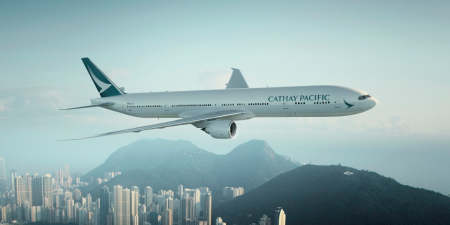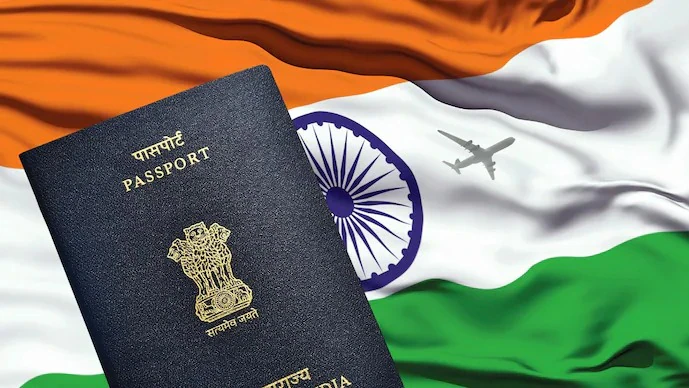On a sequential basis, the number of departures in January 2022 were lower by ~27% due to emergence of new Covid-19 variant
The third wave of pandemic, Omicron and the resultant restrictions led to a sharp sequential decline in Indian domestic air passenger traffic by ~42-43% at ~64 lakh in January 2022, compared to ~112 lakh in December 2021.
The same reflects a Y-o-Y decline of ~17%, wherein passenger traffic stood at ~77 lakh in January 2021. The airlines’ capacity deployment for January 2022 was around 7% lower than January 2021 (62,979 departures in January 2022 against 67,877 departures in January 2021). On a sequential basis, the number of departures in January 2022 were lower by ~27% due to emergence of new Covid-19 variant.
Commenting further, Suprio Banerjee, Vice President & Sector Head, ICRA said, “For January 2022, the average daily departures were at ~2,032, marginally lower than the average daily departures of ~2,190 in January 2021, while significantly lower than ~2,790 in December 2021. The average number of passengers per flight during January 2022 was at 102, against an average of 129 passengers per flight in December 2021.
The sequential recovery slumped in January 2022 with emergence of the new variant (Omicron) and related restrictions impacting leisure travel segment along with existing subdued demand from the corporate traveller segment. The same is also reflected as passenger traffic for 10M FY2022 remained ~45% lower than 10M FY2020 (pre-Covid level). The emergence of the new Covid variant and reactionary air travel restrictions will keep the recovery prospects subdued for the domestic airlines sector in the current quarter.”
While the scheduled international operations are yet to start, the MoCA has permitted international operations under the Vande Bharat Mission (VBM) and the Air Transport Bubbles (ATB). Under the VBM for evacuation of Indian citizens from foreign countries, which started from May 07, 2020, international passenger traffic (inbound and outbound) for Indian carriers stood at ~70 lakh for the period May 07, 2020 to January 31, 2022
With effect from October 18, 2021, the Ministry of Civil Aviation (MoCA) has allowed the restoration of permitted capacity to 100% for domestic operations. It may be recalled that the MoCA had reduced the permissible capacity deployment to 50% of pre-Covid levels, with effect from June 01, 2021 due to the resurgence of the second wave of the pandemic. It had subsequently increased the permitted capacity to 72.5%, with effect from August 12, 2021, increasing it further to 85%, with effect from September 18, 2021.
As for the scheduled international operations, according to the last directive dated January 19, 2022 of the Director General of Civil Aviation (DGCA), the suspension is extended till February 28, 2022, given the threat of the recent emergence of a new variant of Covid-19. While the scheduled international operations are yet to start, the MoCA has permitted international operations under the Vande Bharat Mission (VBM) and the Air Transport Bubbles (ATB). Under the VBM for evacuation of Indian citizens from foreign countries, which started from May 07, 2020, international passenger traffic (inbound and outbound) for Indian carriers stood at ~70 lakh for the period May 07, 2020 to January 31, 2022. For January 2022, international passenger traffic for Indian carriers under the VBM was estimated at ~5.64 lakh, a sequential decline of ~17%. The full benefit of the introduction of e-passports from 2022-23, as announced in the recent Budget to enhance convenience for international travel, given that scheduled international travel is yet to resume, will only be realised post resumption.
One major concern that continues to be a drag on the aviation sector is the aviation turbine fuel (ATF) prices, which have seen a sharp increase of 59.9% on a Y-o-Y basis till February 2022. It is mainly attributed to increase in crude oil prices. This, coupled with relatively low capacity utilisation of aircraft fleet, will continue to weigh on the financial performance of Indian carriers in FY2022. Furthermore, the credit profile of most Indian carriers continues to be characterised by a weak liquidity position.
************************************************************************
Readers











